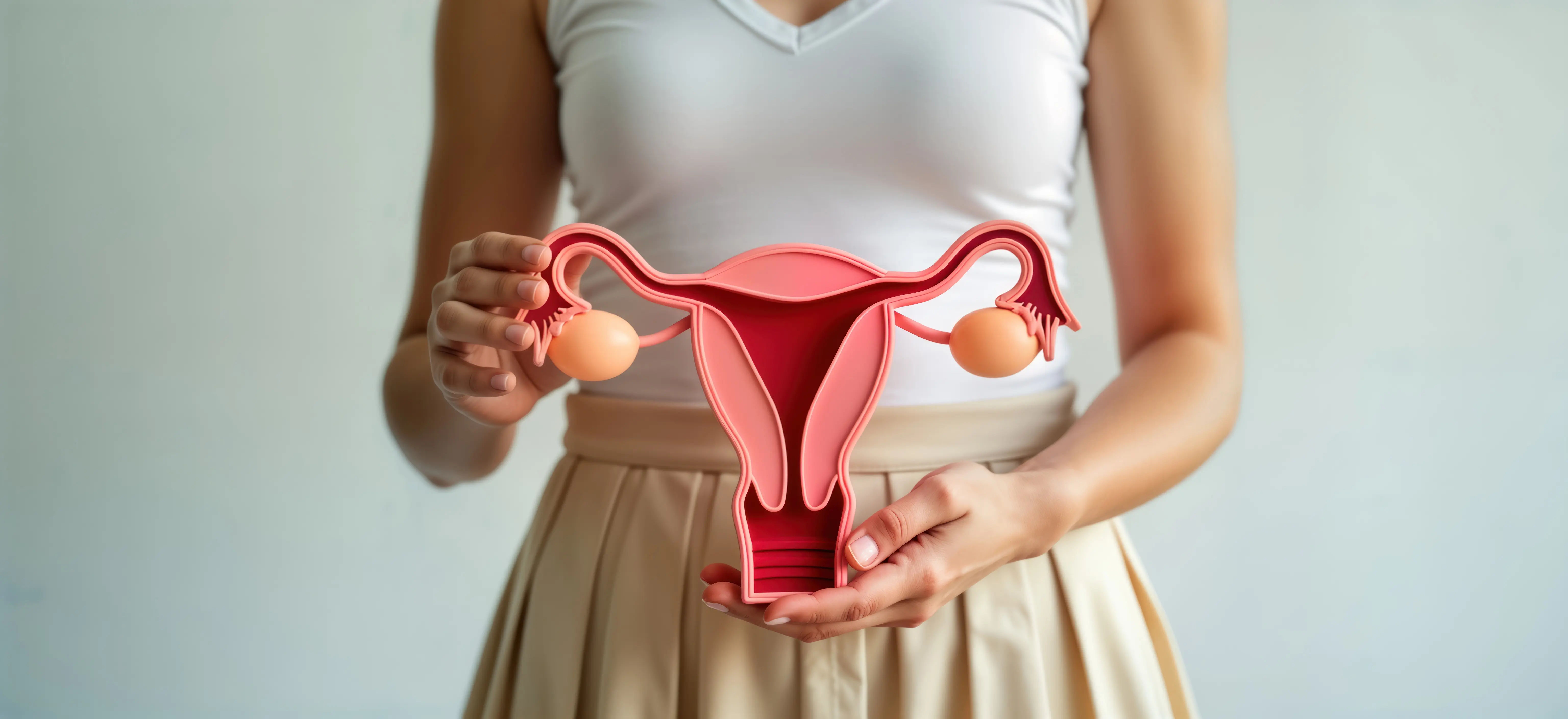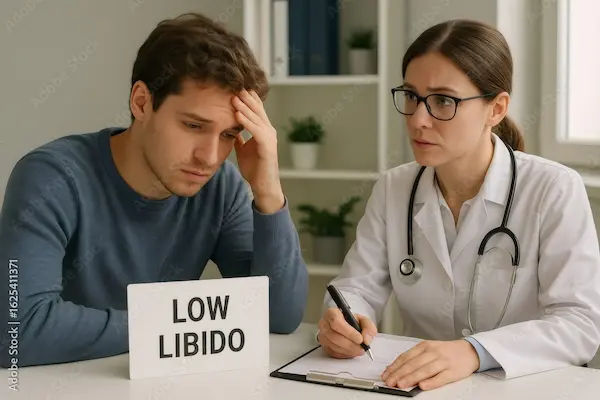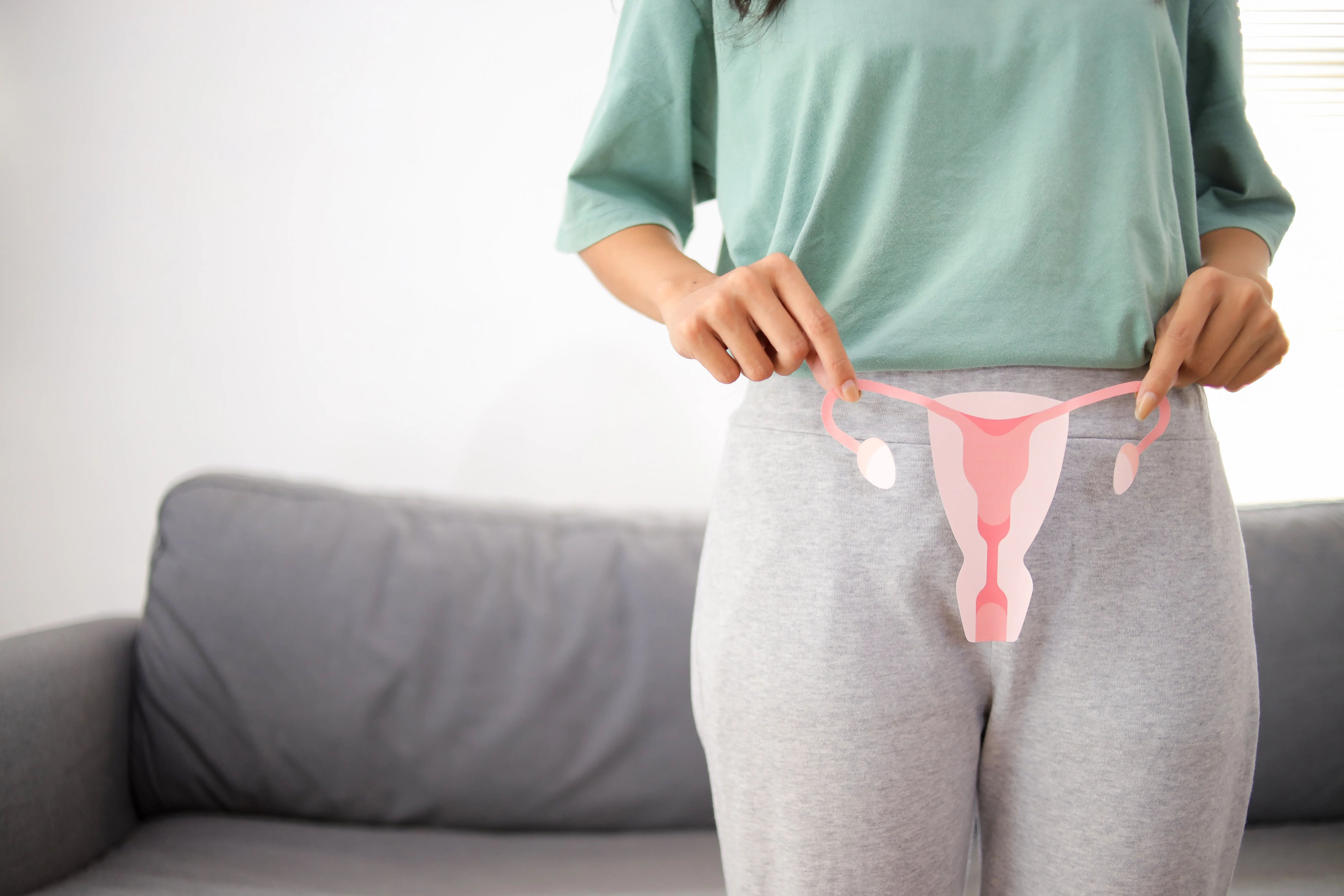Endometriosis and Infertility: A Comprehensive Guide to How IVF Can Help
Endometriosis can make conceiving difficult, but IVF offers hope. Learn how endometriosis causes infertility, treatment options, and how IVF helps overcome barriers to pregnancy.


Introduction
Endometriosis is a complex and often painful condition affecting millions of women worldwide, and its impact on fertility can be one of its most challenging aspects. If you're struggling to conceive and have been diagnosed with endometriosis, you're likely navigating a whirlwind of questions and emotions. You may wonder exactly how this condition affects your ability to get pregnant and what your realistic options are. This guide is designed to demystify the connection between endometriosis and infertility, with a particular focus on the pivotal role of IVF (In Vitro Fertilisation). We will walk you through the science in an easy-to-understand way, explore all treatment pathways, and explain how modern reproductive technology can help you bypass the biological hurdles posed by endometriosis.
What is Endometriosis? More Than Just "Bad Periods"
Endometriosis is a condition where tissue similar to the lining of the uterus (the endometrium) grows outside the uterine cavity. This tissue behaves as it would inside the uterus—it thickens, breaks down, and bleeds with each menstrual cycle. However, because this blood and tissue have no way to exit the body, they become trapped, leading to inflammation, the formation of scar tissue (adhesions), and often, severe pain.
The Basics of Endometrial Tissue
This misplaced tissue, known as endometrial implants, can be found on the ovaries, fallopian tubes, the outer surface of the uterus, and other organs within the pelvis. Over time, the recurring inflammation can cause organs to stick together, a condition known as adhesions, which can distort pelvic anatomy.
Common Symptoms Beyond Pain
While debilitating menstrual cramps (dysmenorrhoea) are a hallmark symptom, endometriosis manifests in various ways. These can include chronic pelvic pain, pain during intercourse (dyspareunia), painful bowel movements or urination during periods, and heavy menstrual bleeding. Crucially, for many women, infertility is the first and only sign that they have the condition. If you experience these symptoms, it is important to consult a gynaecologist. Platforms like Apollo24|7 allow you to consult a doctor online for an initial evaluation and discuss your symptoms conveniently.
Consult Top Gynaecologists
The Direct Link: How Endometriosis Causes Infertility
The relationship between endometriosis and infertility is multifactorial. It is rarely one single issue but a combination of several physiological challenges.
Physical Barriers: Scar Tissue and Adhesions
In advanced stages (Stage III/IV), endometriosis can cause significant scarring and adhesions. These can physically block the fallopian tubes, preventing the egg from being captured after ovulation. They can also envelop the ovaries, restricting the release of the egg or distorting the relationship between the ovary and the fallopian tube.
The Hostile Environment: Inflammation and Toxicity
Even in milder cases (Stage I/II), endometriosis creates a chronic state of inflammation in the pelvic cavity. This inflammation produces substances called cytokines and prostaglandins, which can be toxic to sperm and eggs (oocytes). It can also impair the sperm's ability to swim effectively and interfere with the fertilisation process.
Impact on Egg Quality and Ovarian Reserve
Endometriosis can affect the ovarian environment itself. When implants grow on the ovaries, they can form blood-filled cysts known as endometriomas. The inflammatory process associated with these cysts may damage the developing eggs, leading to poorer egg quality. Additionally, surgery to remove endometriomas can sometimes impact ovarian reserve (the number of remaining eggs), which is a key factor in IVF success.
Fertility Treatment Options for Endometriosis
Treatment choices vary depending on the severity of the disease, age, duration of infertility, and any other contributing factors.
Laparoscopic Surgery for Endometriosis
Laparoscopic surgery (keyhole surgery) is both a diagnostic and therapeutic tool. A surgeon can excise or ablate (burn) endometrial implants, remove scar tissue, and restore normal pelvic anatomy. For some women with mild to moderate endometriosis, this surgery can enhance natural fertility for a period of time.
Ovulation Induction and Intrauterine Insemination (IUI)
For women with minimal or mild endometriosis and open fallopian tubes, controlled ovarian stimulation (using medications like Clomid or Letrozole) combined with IUI can be a first-line treatment. IUI places washed, concentrated sperm directly into the uterus around the time of ovulation, increasing the number of sperm that reach the egg.
When is IVF the Recommended Choice?
IVF is often the most effective for endometriosis-related infertility, especially in these scenarios:
- Advanced stage endometriosis (Stage III/IV)
- Blocked or damaged fallopian tubes
- When other treatments like surgery or IUI have not been successful
- If there is a combination of male factor infertility
- For women of advanced maternal age who need to expedite treatment
How IVF Helps Overcome Endometriosis-Related Infertility
IVF effectively bypasses many of the obstacles created by endometriosis by taking control of the reproductive process outside the body.
Bypassing the Fallopian Tubes
Since endometriosis often compromises tubal function, IVF completely circumvents this problem. Eggs are retrieved directly from the ovaries, eliminating the need for the tubes to capture the egg or transport the embryo.
Creating a Controlled Environment for Fertilisation
In IVF, fertilisation occurs in the embryology lab. This protected environment shields the eggs and sperm from the inflammatory and toxic peritoneal fluid present in the pelvis of a woman with endometriosis. This can lead to better fertilisation rates and higher-quality embryo development.
Specialised IVF Protocols for Endometriosis
Reproductive endocrinologists often use specific IVF protocols for patients with endometriosis. A common approach is the long down-regulation protocol using GnRH agonists (e.g., Lupron). This protocol suppresses the hormonal cycle for several weeks before stimulation, which can help quiet the inflammatory activity of endometriosis, potentially creating a more receptive environment for embryo implantation later on.
Success Rates of IVF with Endometriosis: What to Expect
While endometriosis can reduce IVF success rates compared to, for instance, tubal factor infertility, IVF still offers excellent chances of pregnancy. Studies show that women with endometriosis have lower ovarian response and implantation rates, but live birth rates remain significant.
Factors Influencing Your IVF Success
Key factors include:
- The woman's age – the most important factor
- The stage of endometriosis – success rates are generally lower with more severe disease
- Ovarian reserve – measured by AMH level and antral follicle count
- Sperm quality
The Importance of an Individualised Approach
There is no one-size-fits-all solution. A successful outcome hinges on a tailored treatment plan from a specialist who understands the complexities of endometriosis. If your condition is complex, booking a physical visit to a specialist with Apollo24|7 can ensure a thorough evaluation and personalised care plan.
Preparing Your Body for IVF with Endometriosis
Optimising your health before starting IVF can improve your outcomes and help your body respond better to treatment.
The Role of Surgery Before IVF
The decision to have surgery before IVF is nuanced. Surgery to remove large endometriomas or restore anatomy can be beneficial. However, it must be weighed against the potential risk of reducing ovarian reserve. This decision should be made in close consultation with your fertility specialist.
Lifestyle and Dietary Considerations
An anti-inflammatory diet rich in omega-3 fatty acids, antioxidants from fruits and vegetables, and lean proteins may help manage inflammation. Regular, moderate exercise and stress-reduction techniques like yoga or meditation can also support overall well-being during the demanding IVF process.
Conclusion
The journey through endometriosis and infertility can feel isolating and overwhelming, but it is important to remember that you are not alone, and effective treatments are available. Understanding the “why” behind the challenge is the first step towards empowerment. IVF has revolutionised the prospects for women with endometriosis who wish to conceive, offering a scientific pathway to bypass the biological barriers the condition creates. While the process requires resilience, the potential reward—building your family—makes it a journey of profound hope. If you suspect endometriosis is affecting your fertility, take the next step by seeking expert guidance. A comprehensive evaluation can chart the clearest course forward, bringing you closer to your dream of parenthood.
Consult Top Gynaecologists
Consult Top Gynaecologists

Dr. Sanjan Das
Obstetrician and Gynaecologist
15 Years • MBBS,MS
Bengaluru
Apollo Clinic, Sarjapur Road, Bengaluru

Dr. Pritam Dey
Obstetrician and Gynaecologist
6 Years • MBBS,MS(OBSTETRICS & GYNAECOLOGY),FMAS
Kolkata
Dr. Pritam Dey's Chamber, Kolkata
(50+ Patients)

Dr. Parul Sharma
Obstetrician and Gynaecologist
8 Years • MBBS, MS (Obstetrics & Gynaecology)
New Delhi
THE DOCTORS NESST, New Delhi

Dr. Saheli Kapat
Obstetrician and Gynaecologist
11 Years • MBBS, DNB Obstetrics & Gynaecology,FMAS(Fellowship in Minimal access surgery)
Kolkata
MCR SUPER SPECIALITY POLY CLINIC & PATHOLOGY, Kolkata

Dr. Asha Rani Singh
Obstetrician and Gynaecologist
24 Years • MBBS DGO
Delhi
Dr Asha Rani Singh Clinic, Delhi
Consult Top Gynaecologists

Dr. Sanjan Das
Obstetrician and Gynaecologist
15 Years • MBBS,MS
Bengaluru
Apollo Clinic, Sarjapur Road, Bengaluru

Dr. Pritam Dey
Obstetrician and Gynaecologist
6 Years • MBBS,MS(OBSTETRICS & GYNAECOLOGY),FMAS
Kolkata
Dr. Pritam Dey's Chamber, Kolkata
(50+ Patients)

Dr. Parul Sharma
Obstetrician and Gynaecologist
8 Years • MBBS, MS (Obstetrics & Gynaecology)
New Delhi
THE DOCTORS NESST, New Delhi

Dr. Saheli Kapat
Obstetrician and Gynaecologist
11 Years • MBBS, DNB Obstetrics & Gynaecology,FMAS(Fellowship in Minimal access surgery)
Kolkata
MCR SUPER SPECIALITY POLY CLINIC & PATHOLOGY, Kolkata

Dr. Asha Rani Singh
Obstetrician and Gynaecologist
24 Years • MBBS DGO
Delhi
Dr Asha Rani Singh Clinic, Delhi
More articles from Endometriosis
Frequently Asked Questions
Can I get pregnant naturally if I have endometriosis?
Yes, it is possible, especially with mild endometriosis. However, the chances are lower than for women without the condition. Many women with endometriosis do conceive naturally, but others may require medical assistance.
What is the best IVF protocol for someone with endometriosis?
There is no single “best” protocol, as it depends on the individual. However, the long agonist protocol is commonly used because it suppresses endometriosis activity, potentially creating a better environment for embryo transfer. Your doctor will determine the optimal protocol based on your age, ovarian reserve, and disease severity.
Should I have surgery to remove endometriomas before starting IVF?
This is a complex decision. Large endometriomas can interfere with egg retrieval or embryo implantation, so removal may be advised. However, surgery can also reduce ovarian reserve. The decision must be carefully weighed with your fertility specialist based on the size and location of the cysts.
How does endometriosis affect egg quality?
The chronic inflammatory environment created by endometriosis is thought to increase oxidative stress, which can damage eggs and potentially lead to poorer embryo quality. This is why managing inflammation before and during IVF is a key focus.
Are success rates for frozen embryo transfer (FET) higher than fresh transfer in endometriosis patients?
Some evidence suggests that FET may lead to higher pregnancy rates for women with endometriosis. This is because a fresh transfer occurs after ovarian stimulation, which can temporarily worsen the inflammatory environment. With FET, the body has time to recover, potentially creating a more receptive uterine lining.




